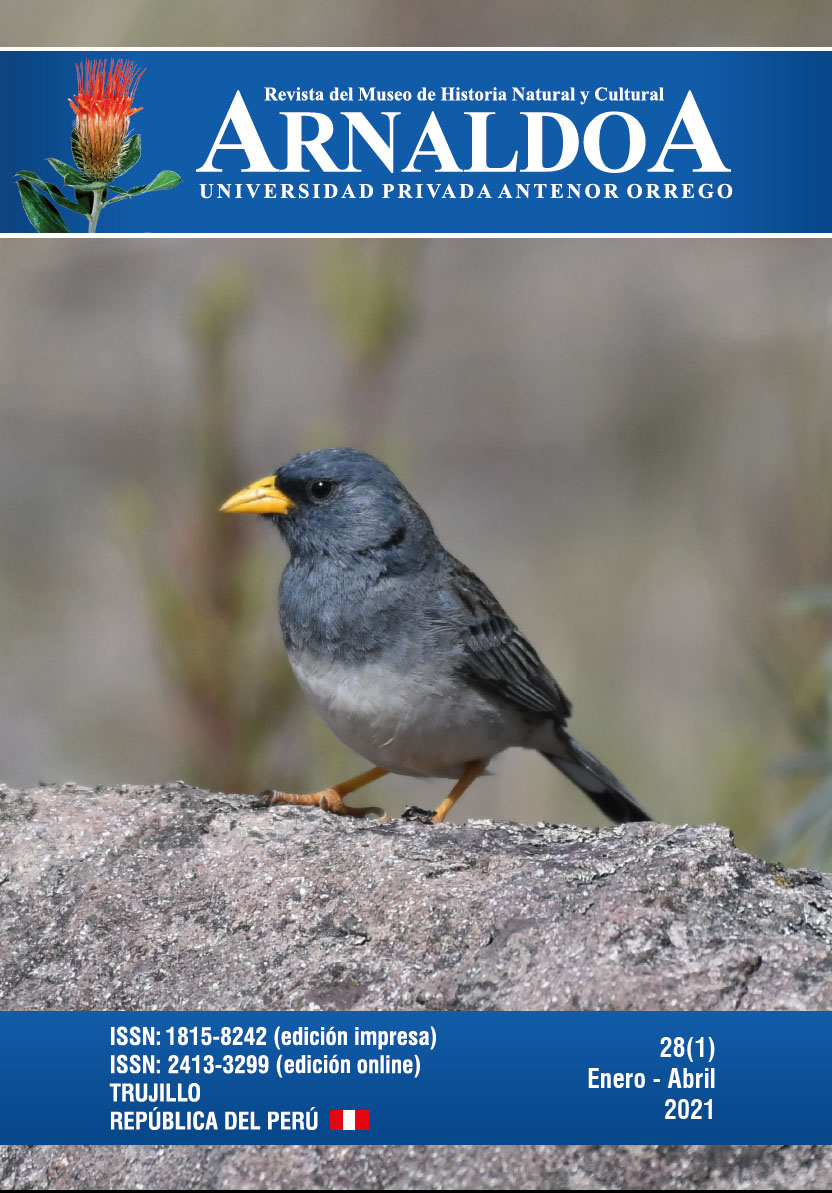Economic feasibility of the production of Chondracanthus chamissoi, culture via spores in the laboratory, San Andrés-Pisco, Perú
DOI:
https://doi.org/10.22497/1586Keywords:
Aquaculture, macroalgae, “yuyoâ€, net present value, rate of returnAbstract
The production of algae in the Peruvian territory is mainly destined for foreign trade, one of them is Chondracanthus chamissoi, a red macroalgae which is demanded both for fresh direct consumption, as well as indirectly to be processed industrially. This resource presents a problem of illegal extraction in the Ica region, the same that has generated as a consequence the reduction of natural banks for formal fishermen organized through cooperatives whose income received comes in part from this activity. Consequently, the Southern Scientific University has established a laboratory that operates in the San Andrés-Pisco district, whose purpose is to guarantee the sustainability of C. chamissoi, therefore, the objective of this study was to determine the technical and economic feasibility of the production of seedlings of this alga from a system of sporulation and spore settlement in the hatchery, through the use of tools such as cost structure, income estimation, cash flow, and calculation of NPV and IRR. The results obtained from this analysis in an expected scenario, using a time horizon of 10 years, show a positive NPV of S / 260,938.66 and an IRR of 33%, whose percentage indicates the high return on the investment made, concluding the convenience of executing the project for the generation of profitability, considering the implementation of strategies to meet market needs.Downloads
Download data is not yet available.
Downloads
Published
2021-07-03
Issue
Section
Artículos originales
License
By submitting a paper to the journal, it is understood that the authors agree to transfer the publication rights to the journal once it is accepted.
It is permitted to share and adapt the contents of this journal in any medium or format always if the original source is properly cited and there are not commercial purposes.







